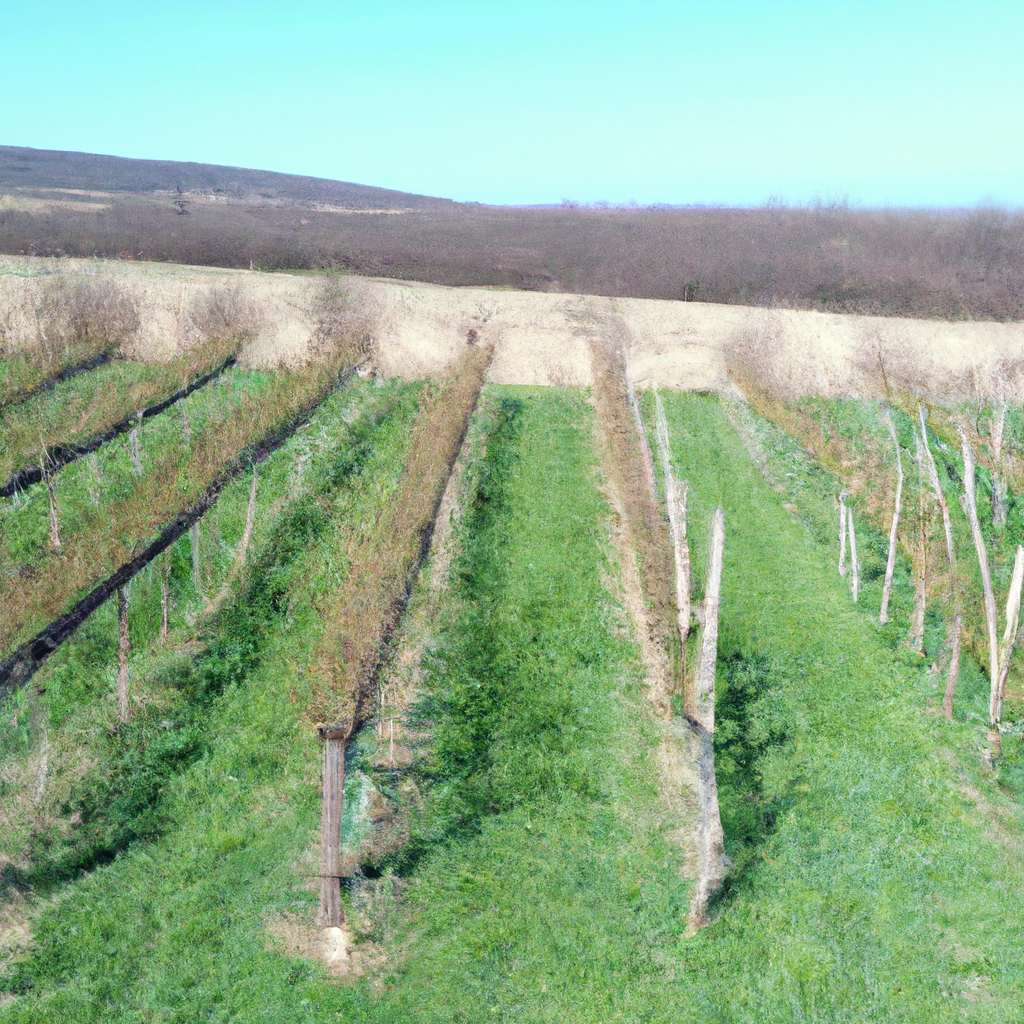Biodynamic farming is an agricultural practice that has been gaining popularity in recent years. It is a holistic approach to farming that goes beyond the traditional organic farming practices. Biodynamic farming aims to create a self-sustaining farm ecosystem that is in harmony with nature. In this article, we will explore the practices involved in biodynamic farming.
What is biodynamic farming?
Biodynamic farming is a form of sustainable agriculture that is based on the principles of holistic farming. It was developed by Austrian philosopher Rudolf Steiner in the 1920s. Biodynamic farming is based on the belief that everything in the universe is interconnected, and that the health of the soil, plants, animals, and humans are all interconnected.
Biodynamic farming practices
1. Preparations
Biodynamic farming involves the use of specific preparations to enhance soil fertility and plant growth. There are nine preparations used in biodynamic farming. The preparations are made from various herbs, minerals, and animal parts, and are used to stimulate soil life and plant growth.
2. Crop rotation
Crop rotation is an essential practice in biodynamic farming. It involves planting different crops in the same area over time to maintain soil fertility. Crop rotation helps to prevent soil erosion, reduce pests and diseases, and improve soil health.
3. Composting
Composting is a critical practice in biodynamic farming. It involves the decomposition of organic matter to create a nutrient-rich soil amendment. Biodynamic farmers use a specific composting method that involves layering different types of organic matter, including animal manure, vegetable waste, and straw.
4. Cover crops
Biodynamic farmers use cover crops to protect the soil from erosion and to improve soil fertility. Cover crops are planted between main crops to provide nutrients and prevent weeds from growing. They also help to build soil structure and prevent nutrient loss.
5. Livestock integration
Integrating livestock into the farm ecosystem is an essential practice in biodynamic farming. Livestock provide manure, which is used to fertilize crops. They also help to control weeds and pests and improve soil health.
6. Lunar cycles
Biodynamic farmers use lunar cycles to guide their planting and harvesting practices. They believe that the gravitational pull of the moon affects plant growth and that planting and harvesting during specific lunar phases can improve crop yields.
7. Biodiversity
Biodynamic farming promotes biodiversity by encouraging the growth of a variety of crops and plants. This helps to maintain a healthy ecosystem and prevent pests and diseases from spreading.
8. Pest and disease management
Biodynamic farmers use natural pest and disease management methods to control pests and diseases. These methods include crop rotation, companion planting, and the use of natural predators.
9. Regenerative farming
Biodynamic farming is a form of regenerative farming that aims to create a self-sustaining farm ecosystem. It focuses on building soil health, promoting biodiversity, and reducing the use of synthetic chemicals.
Conclusion
Biodynamic farming is a holistic approach to farming that goes beyond organic farming practices. It involves the use of specific preparations, crop rotation, composting, cover crops, livestock integration, lunar cycles, biodiversity, and natural pest and disease management. Biodynamic farming is a form of regenerative farming that aims to create a self-sustaining farm ecosystem. By following these practices, biodynamic farmers can improve soil health, increase crop yields, and promote biodiversity.







